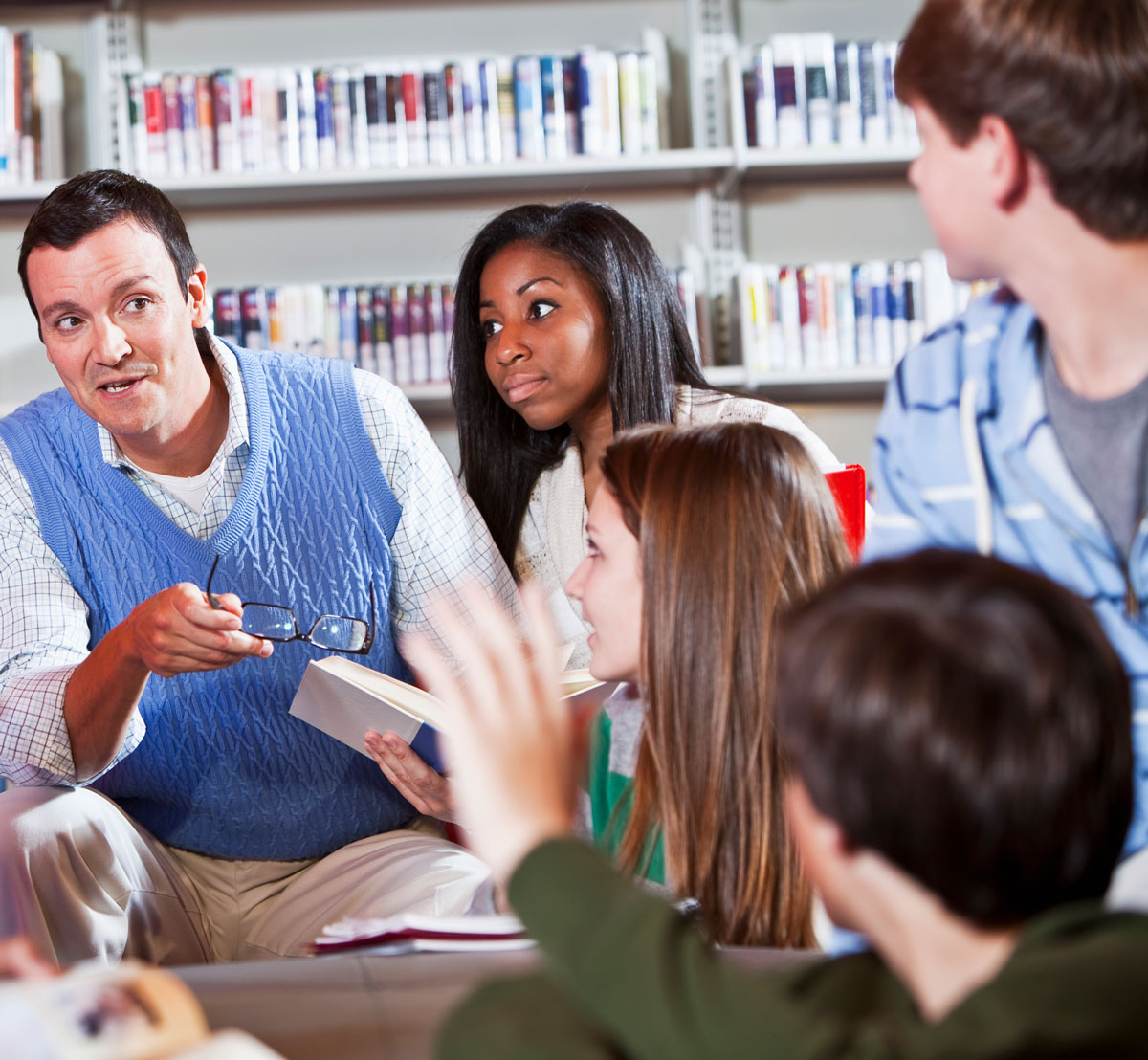
iStockphoto
In August 2017, ‘Unite the Right’ convened one of the largest and most violent gatherings in decades in the U.S. that brought together white supremacist groups including the alt-right, neo-Nazis and the Ku Klux Klan. The gathering’s stated goal was to save the statue of Confederate General Robert E. Lee, because like other places in the South, there are still monuments celebrating leaders of the Confederacy. Hundreds gathered on Friday evening and Saturday to broadcast their viewpoints and ideologies, including chanting, “blood and soil,” “you will not replace us” and “hail Trump.” They carried torches, homemade shields, weapons and Confederate and Nazi flags. Many brandished Nazi salutes. After continued clashes with their opponents, a car plowed into a crowd of peaceful counter-protesters, killing one person and injuring nineteen. A state of emergency was declared by Virginia’s Governor.
This event has precipitated many public conversations about the state of white supremacy, racism, antisemitism, domestic extremism, free speech and other related topics. Because this is an important “teachable moment” for teachers and parents and family members, below are relevant lessons, related curricula and additional anti-bias resources and strategies to help you discuss these topics with young people.


























Education experts from the American Federation of Teachers, the Southern Poverty Law Center’s Teaching Tolerance project, ADL and Facing History and Ourselves review lessons on the events in Charlottesville, covering topics such as the so-called alt-right, the history of hate and white supremacy, how to talk about race and religion, memorials and monuments, the First and Second amendments, and the emotional impact on our students.